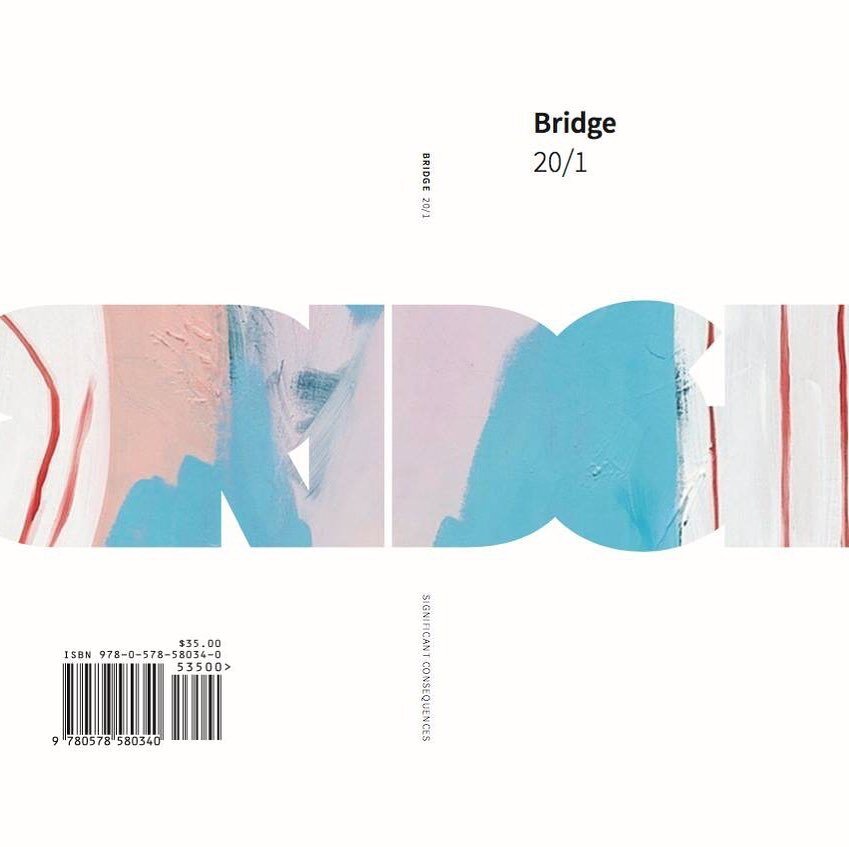REVIEW: “A Horse at Night: On Writing” by Amina Cain
Cover image courtesy Dorothy, a publishing project.
REVIEW
A Horse at Night: On Writing
By Amina Cain
Paperback, $16.95
Dorothy, a publishing project
By Mána Taylor
A personal library is an archive of references. It represents the books we’ve decided to hold onto and are proud to display. In Amina Cain’s book A Horse at Night: On Writing, published in October 2022, she sifts through the books and authors that have moved her, mimicking this act of contemplating a friend’s library. It is a transition book, made in-between projects. Words that Cain needed to write to move into writing a larger body of work. Some of her sentences are thoughts in progress, direct contemplations on writing while writing. “Recently, while working on a short story, I kept seeing its setting in the same way its narrator sees setting in the paintings she looks at when she visits a museum.” Described by author Ayşegül Savaş as “like light from a candle in the evening,” Cain’s small book feels more to me like a brightly lit room full of friends gathered around, opening and closing books, sharing with each other meaningful passages.
In fact, the concept of friendship appears frequently, in varying iterations. From a reference to Sigrid Nunez’s book The Friend to her intimate and vulnerable musings that feel like we are her old friend reading a letter, Cain allows herself to tell us everything, every thought. “I don’t know if I’ll be able to describe the line, but I’ll try,” she writes. We feel the solitude of a writer at her desk, parsing through old memories, letting any loose thought be relevant. In the solitude of her argument, the references to friends and friendships also makes us visualize the writer at her desk more clearly and presently. She reflects on this by stating “I love the resiliency of friendship, the way you can lose a friend and then find each other again one or five or ten years later.” A few paragraphs earlier, she tells us “one of the closest companions I’ve ever had was a petite prince of a cat named Ingmar.”
A Horse at Night: On Writing is as much about reading and referencing other authors as it is about her own process of writing. She calls the book “a diary of fiction” in the opening paragraph. She also writes that she has never been able to keep a diary, but “sometimes I trick myself when writing in my notebook; sometimes I end up working on the novel after all, in those pages.” Most of the book is about processing other people’s writing and discovering the process of writing itself. The book’s cover image, which gets referenced in her writing as a jpg on her desktop, is a painting of two women in a carriage car. One of them is reading and the other is sleeping. They are facing each other. They seem to be twins, or one could even imagine it to be the same person in different stages of the journey.
Is she tricking herself by writing to a ‘friend,’ in order to write to herself? Cain traces the liminal space between thought and story. Her writing is comforting and contemplative. The conversational aspect of A Horse At Night continuously submerged me in the warmth of her prose. I felt, as you might too, that she was talking to me and directly sharing with me her musings and frustrations on writing. Now that I have placed the book back on my bookshelf, aptly in-between Theresa Hak Kyung Cha and Marguerite Duras, I find that the book is silent and I can feel its absence from my life. I look forward to a time when I will open it up again and share a passage with a friend.
Like what you’re reading? Consider donating a few dollars to our writer’s fund and help us keep publishing every Monday.


